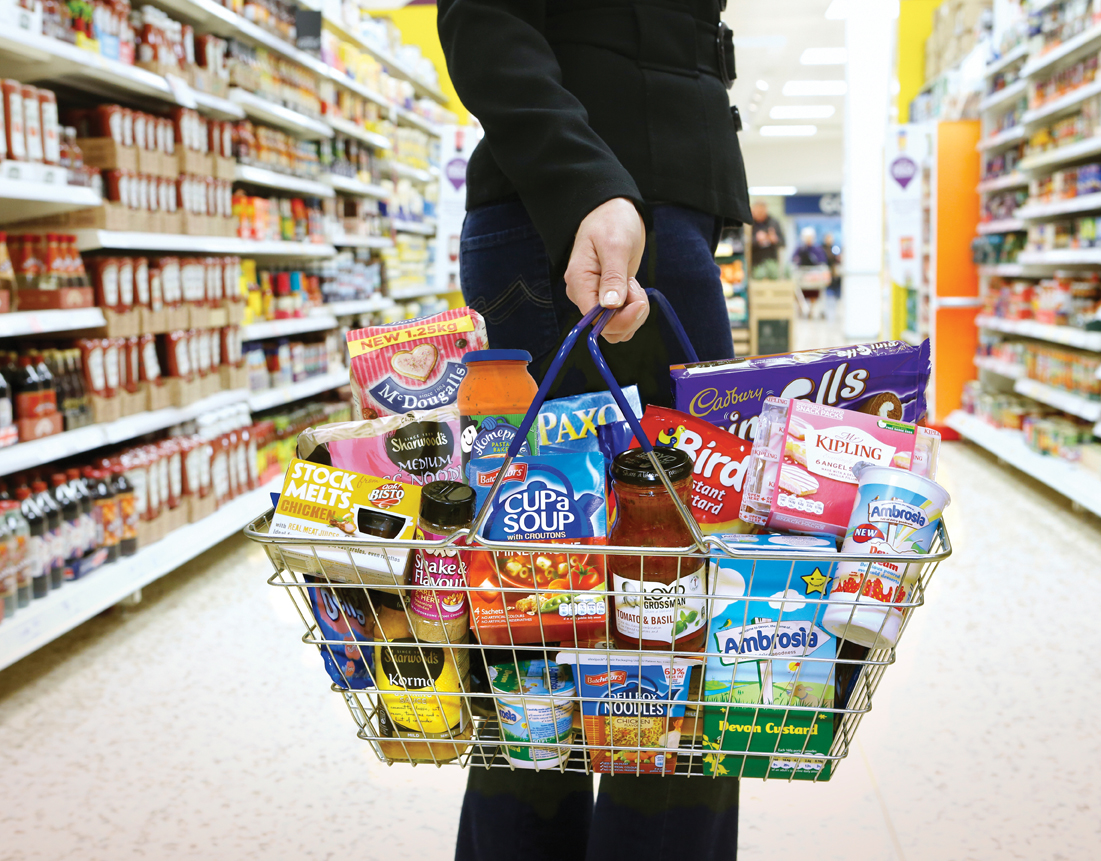Household Bills
Convenience stores add £320 a year to groceries bill

Sainsbury’s Local and Tesco Express customers are paying up to £320 and £280 respectively more a year than those who shop at larger stores for the same items, according to Which?
The consumer champion analysed the average weekly price of 48 own-label and branded groceries for five months in 2020 in Sainsbury’s Local and Tesco Express, and compared it with the cost of the same items at their supermarket counterparts.
On average, the shopping list, which included Napolina Chopped Tomatoes and McVities Ginger Nut biscuits, cost £71.26 a week at Sainsbury’s Local compared to £65.08 at a Sainsbury’s supermarket – an average weekly difference of £6.18 or £322 a year.
At Sainsbury’s the products with the biggest price difference were a 400g can of Napolina Chopped Tomatoes, which was a third more expensive at Sainsbury’s Local, and a 250g packet of McVitie’s Ginger Nut Biscuits, which was just over a quarter pricier at a Sainsbury’s Local store compared to a larger supermarket.
Which? also found Tesco Express customers could be paying 8.4% (£279) more a year compared to those that shop at a larger Tesco supermarket. The shopping basket of 48 items would cost £69.12 at Tesco Express compared to £63.75 at a Tesco supermarket – a difference of £5.37 a week or £279 a year, on average.
A number of Tesco own-label products were a quarter (23%) more expensive in Express stores than in supermarkets, including Tesco 0% Fat Greek Style Yogurt (500g) and Tesco Orange Juice With Bits, Not From Concentrate (1lt).
More than half (51%) of Which? members surveyed who used convenience stores said cost was one of their biggest bugbears.
In some cases, however, products were the same cost or even a fraction cheaper in the convenience store. For example, a 500ml bottle of Flash spray with bleach was the same price (£1) at Sainsbury’s Local, Tesco Express and the supermarkets, while McVities Digestives were on average 1p cheaper in the smaller stores.
Which? shared its findings with Sainsbury’s and Tesco. Sainsbury’s said that product price is influenced by a variety of factors including special offers, while Tesco said that rents, rates and operating costs are higher in built-up areas.
The use of convenience stores increased during the first lockdown, offering an alternative for those who preferred not to travel or queue for supermarkets.
A Which? members survey found three in five (61%) had shopped at Costcutter between one and three times a month in the eight months after the first nationwide lockdown began in March, compared to less than one in 10 (7%) before the pandemic.
Natalie Hitchins, head of home products and services at Which?, said: “Convenience stores have been a huge help to many of us during the pandemic. However, our research shows that shoppers who rely solely on supermarket convenience stores, rather than their larger stores for their groceries, are paying a premium.
“Customers will generally get more for their money at larger supermarket stores, but for some products, the price difference may not be significant, so it is always worth checking prices to make sure you are getting the best deal.”